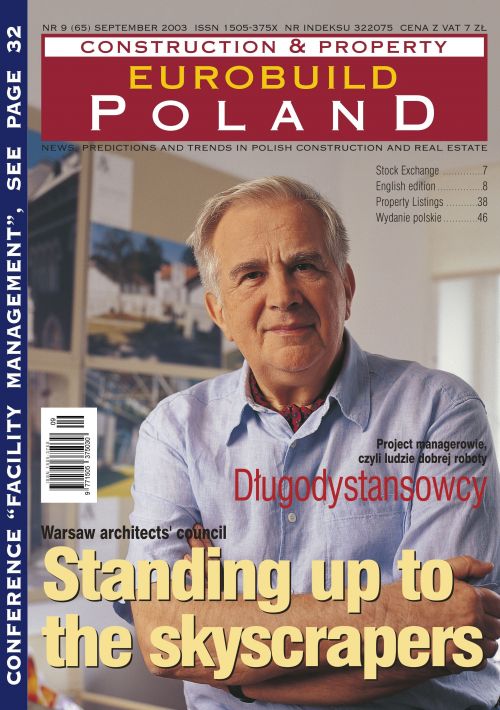Along with the election of Lech Kaczyński as city mayor last year, came a commitment to restore both the position of Chief Architect for Warsaw and the advisory council of the top architects in the capital, to advise the mayor on spatial planning. This after a hiatus, during which council members will assert, a number of serious planning errors were made in the city
The 'Rada Urbanistyczno-Architektoniczna Warszawy', as it's called in Polish, has been meeting every Wednesday at 5pm for about five hours a session, for the past three months or so. It consists of fifteen members including the chairman Andrzej Kiciński, of whom most are professional architects. Though it is a purely advisory body, with no actual administrative power, it very much shares many of the concerns the new mayor has for the city's skyline and will consult with him in tandem with the Chief Architect Michał Borowski.
An end to chaosWhether or not it is a complete coincidence, it was during the mid to late ninet






























































